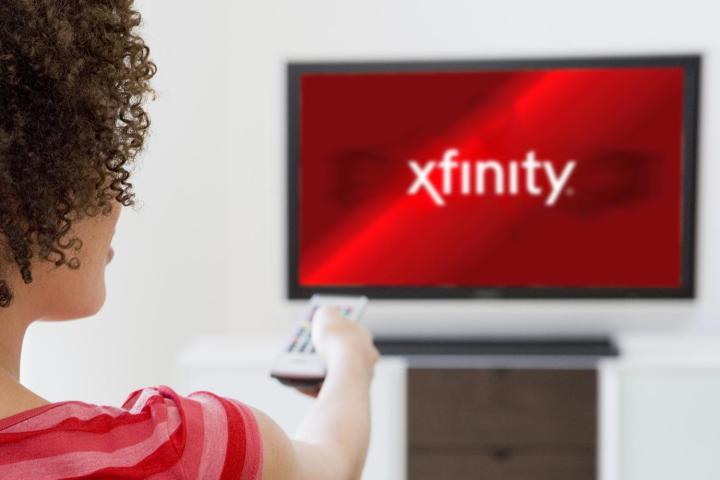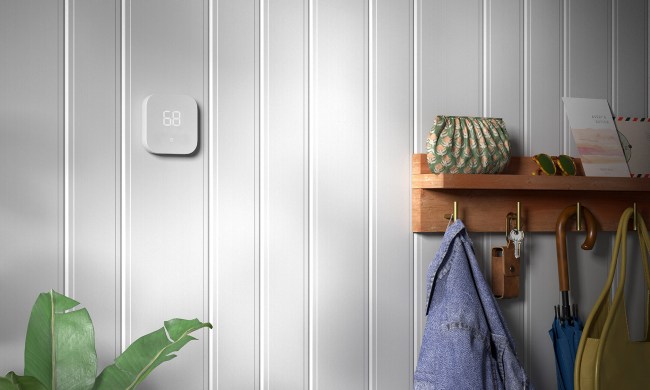
Don’t laugh. Think the cable companies are going to give up their cash cow that easily? In the age of video streaming and a slew of Internet of Things products and protocols, people seek simplicity, a way that everything can work together, and one bill for it all.
Those are some of the points covered in a white paper by Alticast on Pay TV Operators and the Internet of Things. Alticast is working with cable operators to help them expand their businesses into the emerging IoT arena, so the company is certainly invested in promoting the set-top box as king of IoT.
This notion for the TV as smart-home hub has been around for a while, and it’s not far-fetched. IoT devices could be networked to the cable box to show video camera feeds when the doorbell rings, mute the sound, provide visual alerts to events with other devices, and even turn down the thermostat and shut off your connected oven. Cable giant Comcast, for example, already sells as Xfinity Home service with security and energy management features and would probably love to have its cable boxes be happy little smart-home hubs.
The FTC reports that as of 2015, the number of connected devices that exist number about 25 billion and that the number will double in the next five years. And there could be as many communication standards and protocols. (Just kidding.)
But seriously, there’s good-old Wi-Fi, Bluetooth, and mesh networks like Zigbee and Z-Wave, and here come Apple HomeKit, Google Brillo, the Google/Nest Thread consortium, the AllSeen Alliance, and who knows where it stops?
Something has to make sense of them all and connect them, or we’re going to have bunches of connected devices that don’t talk to each other. The Alticast white paper points out that CableLabs, standard bearer of innovation for the cable industry, is working on ways to aggregate them, which, ha ha, could turn out to be another standard in and of itself.
Do people really want to control their homes from TVs-as-dashboards? After years of failed attempts, it hasn’t stuck yet, though now the technology and connectivity are here. And though many are abandoning cable, lots of people already have the boxes in their homes.
Cable boxes might not make the best smart-home hub, but it might be too soon to bet against Big Cable. Here’s a prime reason why, according to the white paper:
“Cable operators provide broadband service to a majority of their customers, and the ‘smart pipe’ to the house may be the most important thing an operator provides going forward.”
OK, but can we please enter the 21st century and make the smart pipe fiber-optic? The future of high-speed connectivity — whether for Internet, streaming, or smart home — isn’t in hybrid fiber/copper last-mile-clogged networks. It’s in gigabit networking to the home.


